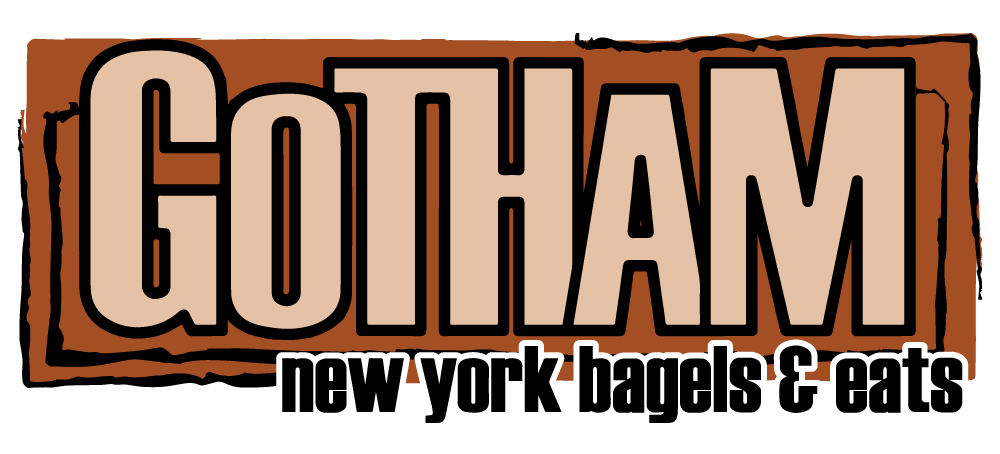A Brief History of Jewish Delis in Chicago
As the biggest city in the Midwest, it makes sense that Chicago boasts a patchwork of restaurants and shops representing cultures from everywhere in the world. The city’s history as a starting point for countless immigrant families has a lot to do with that. Starting in the 1800’s, waves upon waves of people came to what was then a burgeoning industrial hub—and they brought their food along with them. These Old World traditions soon grew into new types of all-American establishments. A perfect example of this process? Enter the Jewish delicatessen.
JEWISH IMMIGRATION TO CHICAGO
As early as 1832, Jews coming from Eastern Europe settled in Chicago. Many sought to escape persecution and oppression in places like Bohemia, the Russian Empire, and Austria-Hungary. The first synagogue was founded in 1847, and the community grew steadily for the remainder of the century. These people spoke Hebrew, Yiddish, and Slavic languages like Russian, Polish, and Ukrainian. Enclaves of the Jewish population formed in Northern neighborhoods such as Lakeview, Edgewater, Albany Park, and on the South Side around Halsted street and Maxwell street. At one point, 55,000 Jews lived in the Maxwell Street area alone! From these strong roots the Jewish community in Chicago today has grown to be the fourth largest in the entire nation.
THE BIRTH OF THE DELI
During this influx of Jewish immigrants, many decided to open up businesses to serve their communities. These entrepreneurs started to produce classic Ashkenazi Jewish food from Central and Eastern Europe, like the bagel and the bialy, and to sell it in a traditional delicatessen setting—the deli. Now a hallmark of the patchwork of American culture, delis are famous for their onion-y, pepper-y flavors, their lox, pastrami, corned beef, bagels, cookies, rye bread, tuna salad… the list goes on and on and on! Aside from the food, they are beloved across the nation for their counter service and their commitment to quality.
FAMOUS DELI SPOTS
Over the years there have been a number of famous delis in the Chicagoland area that brought this good food to Chicagoans for years. While not all of them remain open today, a few greats include Eli’s Stage Delicatessen, Ashkenaz Deli, and D. B. Kaplan’s in Gold Coast, Mrs. Levy’s Deli in the Loop, Manny’s in South Loop, Kaufman’s in Skokie, New York Bagel & Bialy in Lincolnwood, and Morry’s in Hyde Park.
WHERE HAVE ALL THE DELIS GONE?
There certainly used to be more delis in Chicago than there are now. Why are the numbers of this classic institution dwindling? There’s no one answer—operating costs are high, tastes are changing, and the older generation of patrons is shrinking. However, the enthusiasm for this type of food is far from gone. New concepts and ideas are circulating (like the za’atar and pepita bagels on Rye Chicago’s menu, or our O.M.F.G fried chicken bagel sandwich here at Gotham Bagels!) and with things like the slow food movement, the focus is returning to traditional methods and quality portioned-to-order ingredients. So don’t fret! Thus continues Chicago’s vibrant food industry—from a meatpacking behemoth full of flavors of the Old World, to the home of many classic old-fashioned delicatessens, and onwards towards ever-more disrupting eateries.




